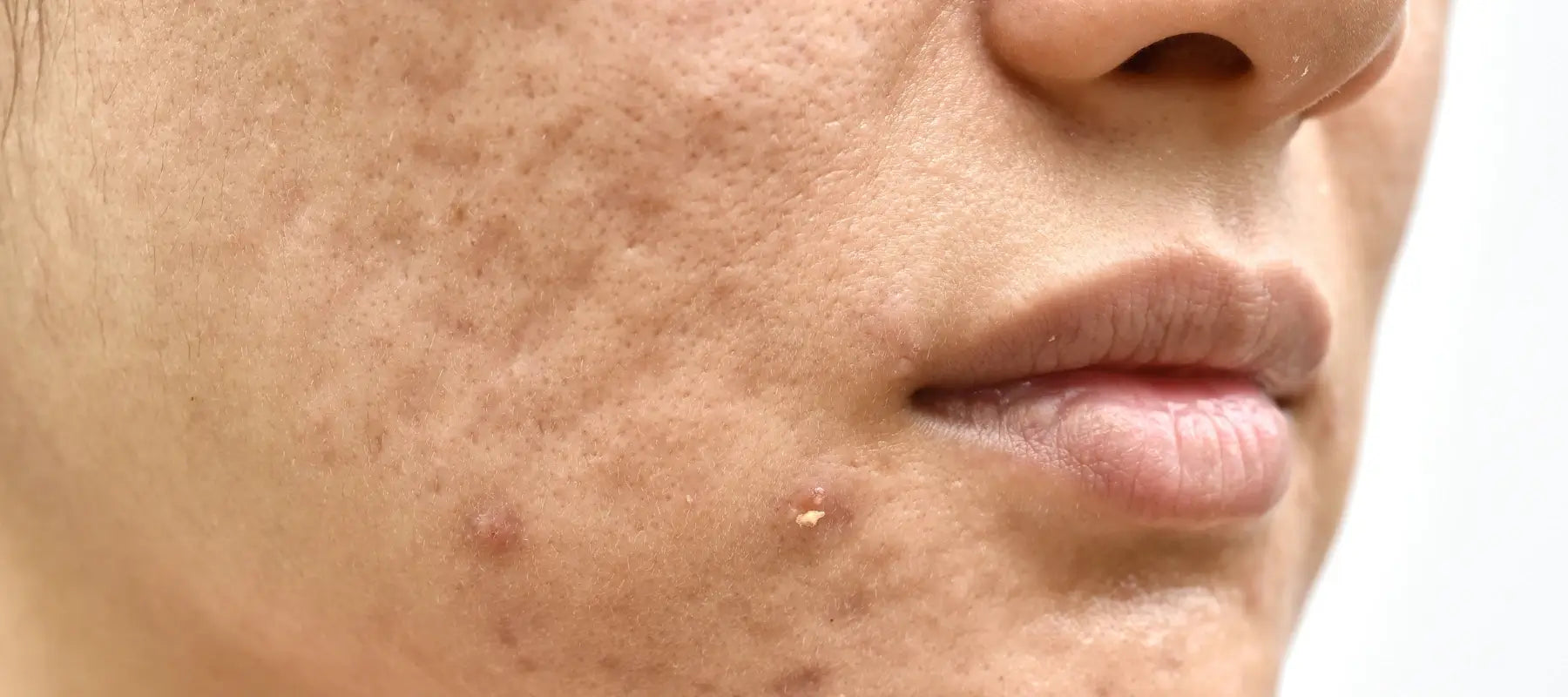
Acne face map: What your breakouts are trying to tell you
Introduction
People of all ages commonly experience the skin condition, acne. Its presence on one's face often seems enigmatic. Yet, valuable insights into potential causes of breakouts in specific areas can be gained through understanding the concept of an Acne Face Map. By comprehending various zones on our faces and discerning possible reasons for acne manifestation within those regions, we empower ourselves to customise skincare approaches effectively while tackling underlying issues head-on.
This article navigates the Acne Face Map, delving into prevalent causes and potential solutions for breakouts across different facial zones.
What is the acne face map?
Rooted in traditional Chinese medicine, the Acne Face Map presents a holistic approach. It associates specific facial areas with potential internal health issues, thereby suggesting that acne's location could unveil underlying body imbalances. It is an ancient practice indeed.
Also read: Everything To Know About Acne Face Map
Understanding the different zones on the face
Before we delve further it is important to get a basic understanding of the various zones that are present on the face. The different zones are:
1. Forehead
Digestive issues and diet irregularities often link to breakouts on the forehead. Poor digestion, elevated stress levels, and consumption of sugary or greasy foods can actively contribute towards acne in this particular area.
2. Cheeks
The respiratory and circulatory systems connect to the cheeks. Smoking, allergies, and air pollutants might contribute to acne on one's cheeks. Moreover, bacterial transfer from unclean phones or pillowcases can worsen breakouts.
3. Nose
The heart and circulatory system associate with the nose. Poor circulation, along with high blood pressure, could contribute to acne in this region. Moreover, excess oil production often leads to common issues such as blackheads and enlarged pores on the nose.
4. Chin
Often, hormonal imbalances correlate with chin acne. Fluctuations in hormones, especially during the menstrual cycle, can trigger heightened oil production and subsequent breakouts. Additionally, subpar sleep quality and stress might play a role in causing this type of acne.
5. Jawline
Hormonal imbalances, particularly in women, commonly associate with acne along the jawline. Increased androgen levels can result from conditions such as polycystic ovary syndrome (PCOS), consequently leading to breakouts on the jawline.
Common causes of breakouts in each zone
Various factors often attribute to breakouts in specific facial zones. Let's examine the common causes more closely:
1. Hormonal imbalances
During puberty, menstruation, pregnancy or menopause, hormonal fluctuations occur that can result in increased oil production on the forehead. Hormonal imbalances provoke elevated androgen levels particularly in women. These contribute to chin and jawline acne.
2. Digestive issues
An unhealthy diet and poor digestion may present as cheek acne. Food intolerances could potentially impact skin health as well. Forehead acne might stem from digestive irregularities, the consumption of sugary or greasy foods, and dehydration.
3. Stress and lifestyle factors
Hormonal imbalances, potentially leading to acne along the jawline, may be triggered by high-stress levels. Inadequate sleep, a poor diet and exposure to environmental pollutants, all elements of overall lifestyle factors, can significantly affect the health of your skin across every facial zone.
Solutions for treating acne based on face map analysis
Let’s have a look at the most effective solution to treat acne:
Topical treatments
1. Acne spot corrector
The Pink Foundry's Overnight Acne Spot Corrector which contains ingredients such as zinc oxide and salicylic acid, prove effective for the targeted treatment of individual breakouts.
Also read: How to Apply Acne Spot Corrector and What Are Its Benefits
2. Niacinamide serum
The Pink Foundry's Super Clarifying Face Serum contains Niacinamide and Green Tea Extract. It aids in regulating oil production and diminishing inflammation. Consequently, it proves suitable for addressing acne across various facial zones.
Also read: Benefits of Niacinamide for Good Skin
3. Acne face wash
A gentle, yet potent acne face wash such as the Clearing & Calming Acne Face Wash that contains salicylic acid not only cleanses the skin, it also safeguards against breakouts.
4. Acne moisturiser
Even when addressing acne, it remains critical to hydrate the skin. Opt for a moisturiser like The Pink Foundry's Acne Care & Healing Gel Moisturiser with Tea Tree & Cica that is non-comedogenic in order to preserve the balance of your skin.
Conclusion
The Acne Face Map female is a tool that provides a holistic comprehension of acne, establishes links between specific facial zones and internal imbalances. Individuals can personalise their skincare approach by pinpointing common causes like hormonal fluctuations, digestive issues, and lifestyle factors. This strategy allows for more effective management. Spot correctors, niacinamide serums and appropriate cleansing routines are the targeted solutions that can successfully tackle acne in varied areas. When individuals embrace this knowledge, they gain empowerment to proactively pursue clearer and healthier skin. Moreover, a consultation with a healthcare professional guarantees the adoption of a personalised, comprehensive approach to skincare.
FAQs:
1. What is the Pimple Map?
It's a holistic approach associating facial zones with internal issues, providing insights into acne causes.
2. What causes forehead acne?
Hormonal fluctuations, poor digestion, stress, and diet irregularities can contribute to forehead breakouts.
3. How are cheeks linked to acne?
Cheek acne can result from respiratory issues, smoking, allergies, and exposure to pollutants.
4. Why does hormonal acne occur on the chin?
Hormonal imbalances lead to increased oil production on the chin.
5. What contributes to jawline breakouts?
Hormonal imbalances in women, stress, and conditions like PCOS can cause acne along the jawline.
6. How to treat acne based on Face Map analysis?
Use targeted solutions like acne spot correctors, niacinamide serums, and non-comedogenic moisturisers for comprehensive skincare.























































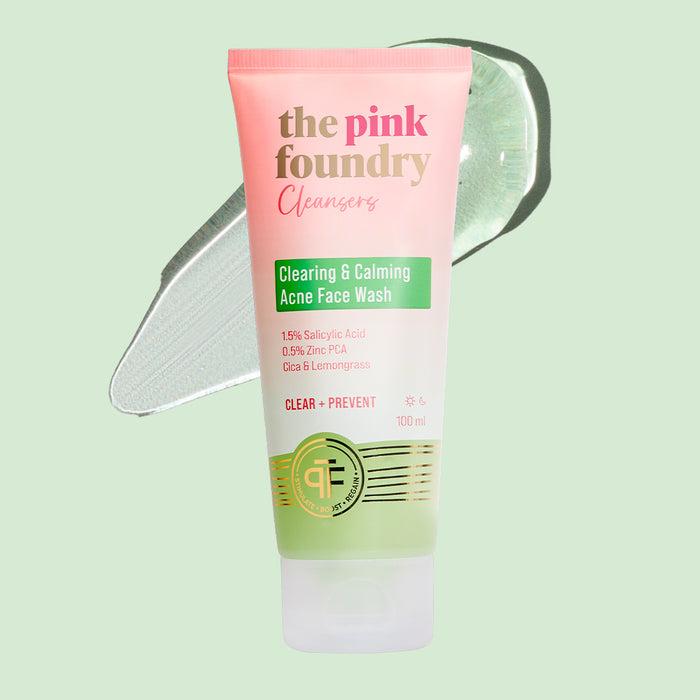

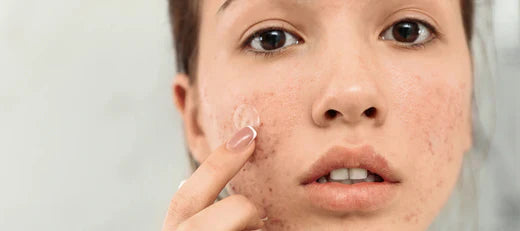
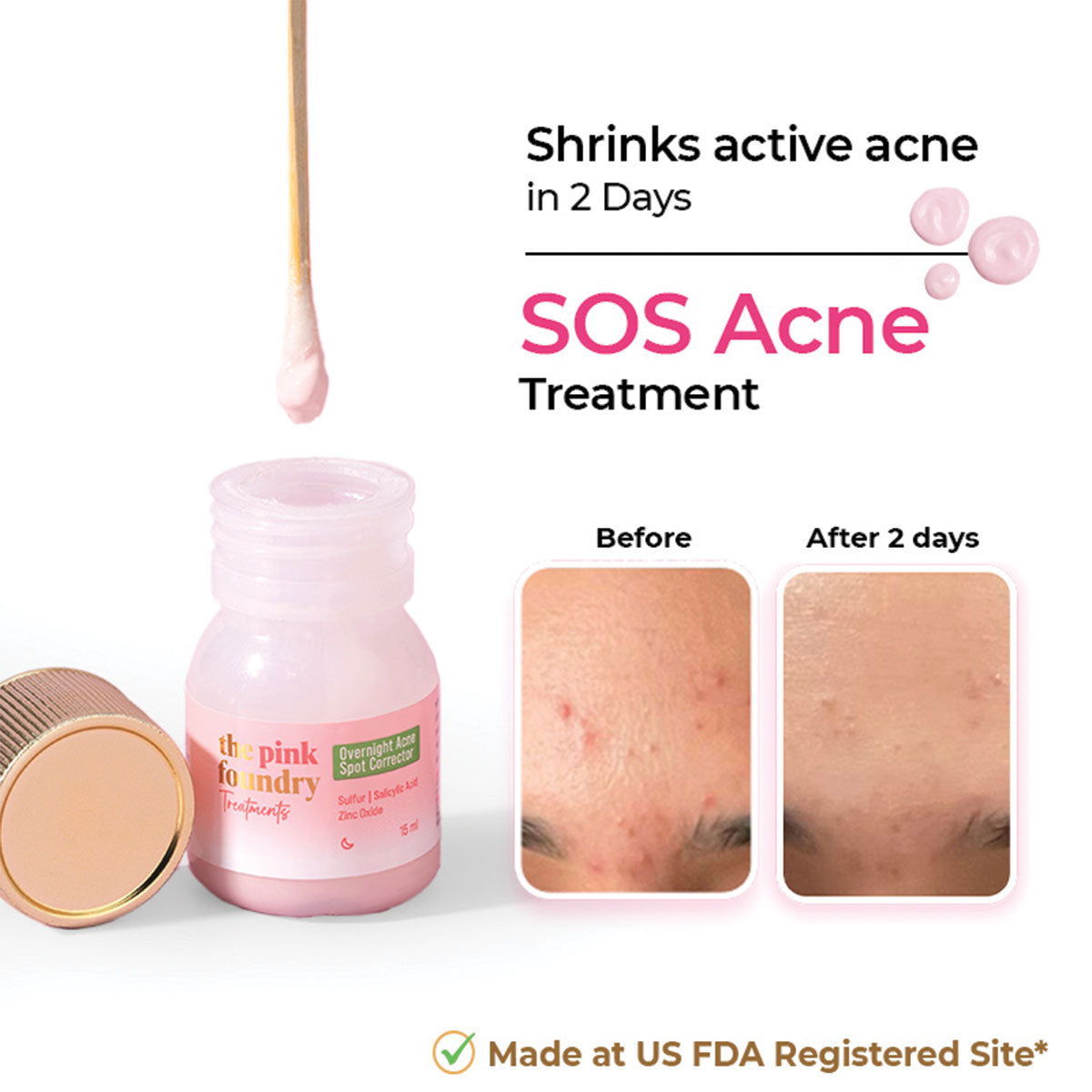
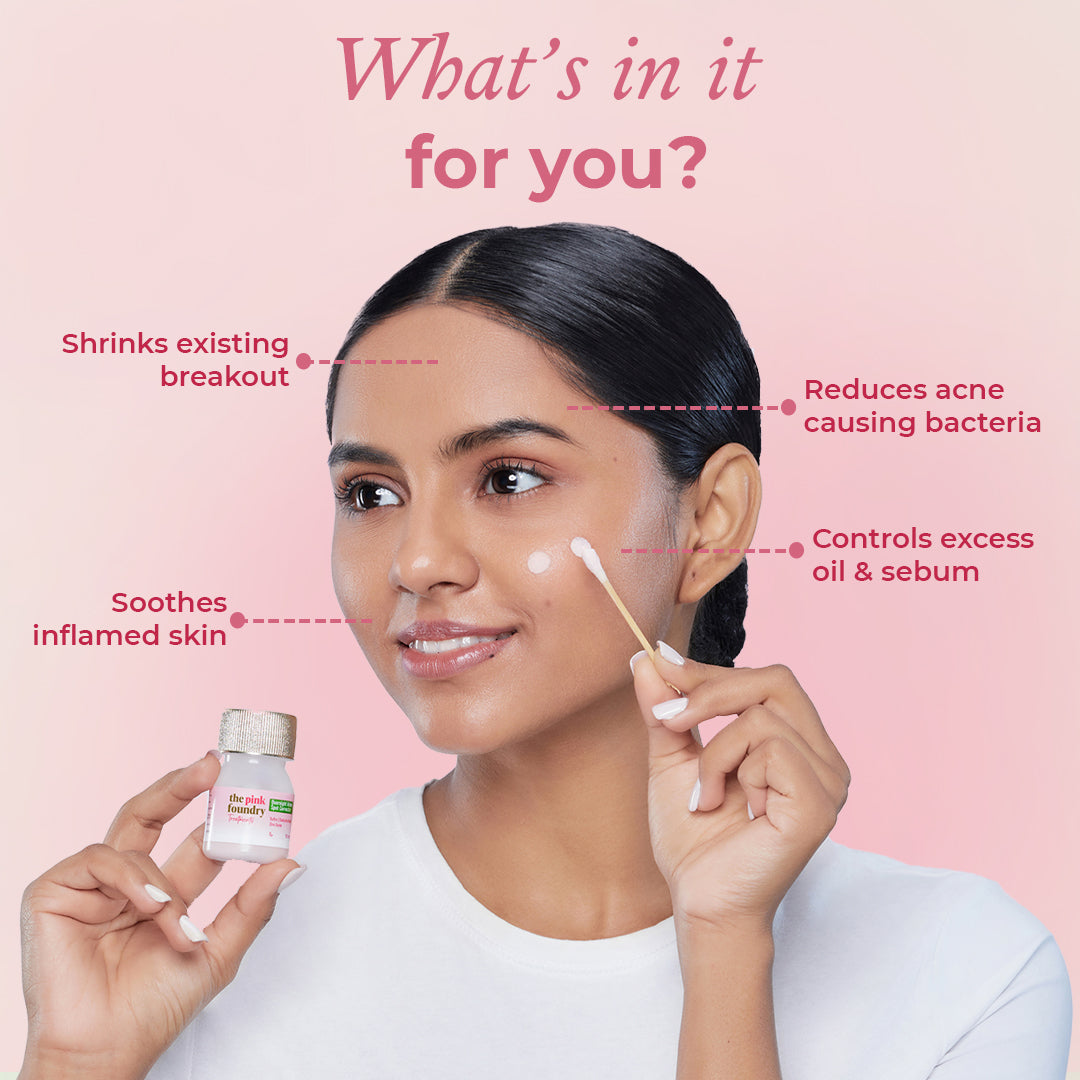
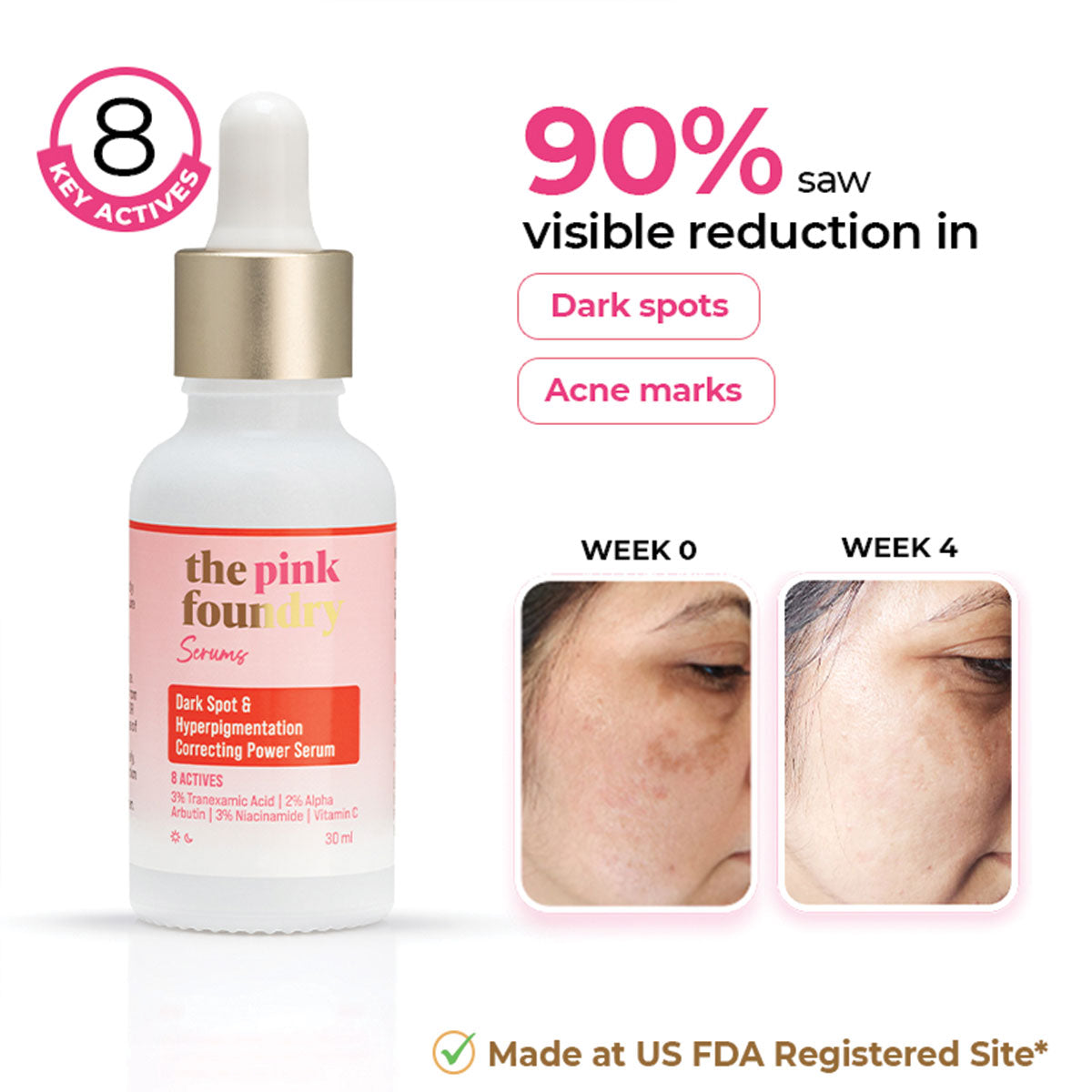
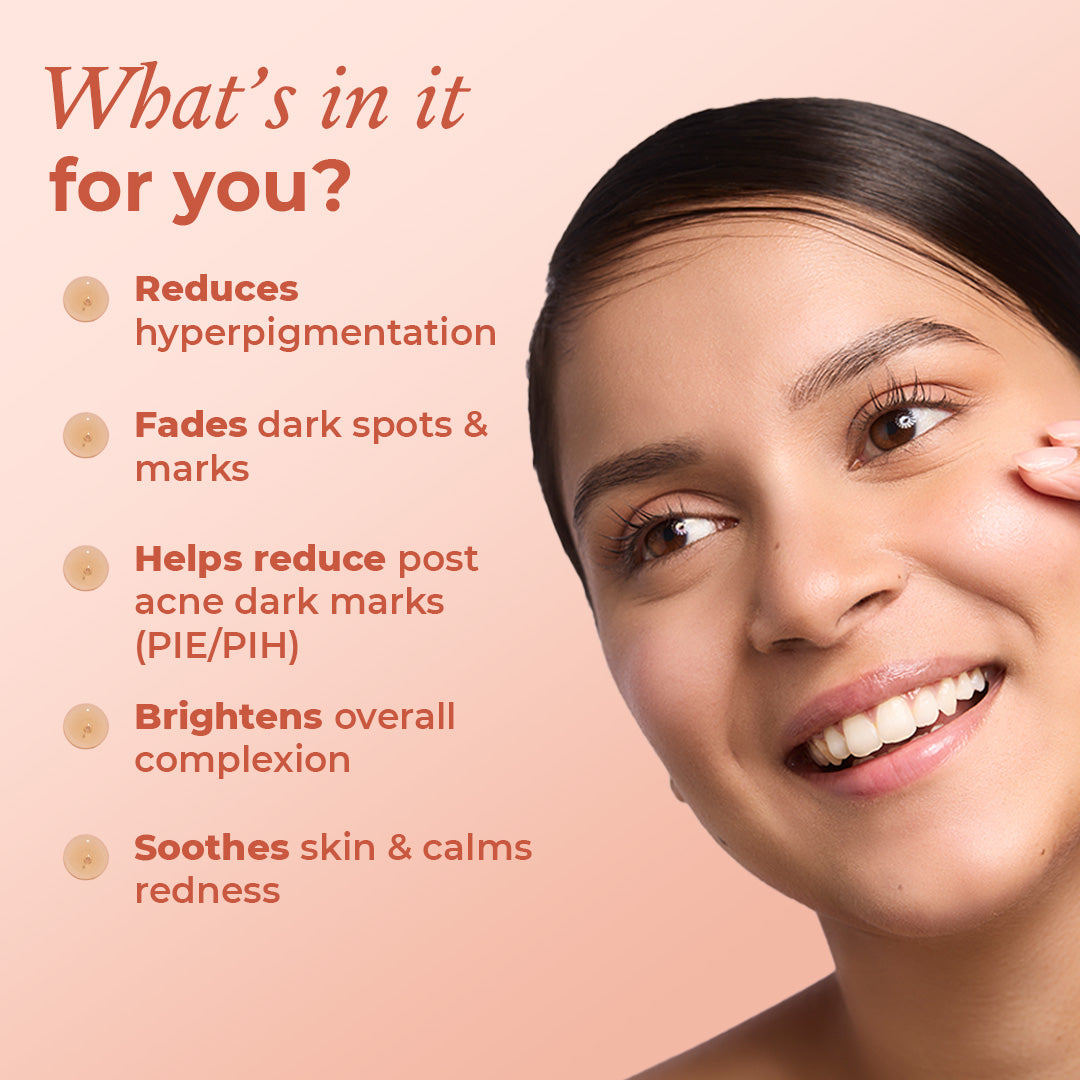
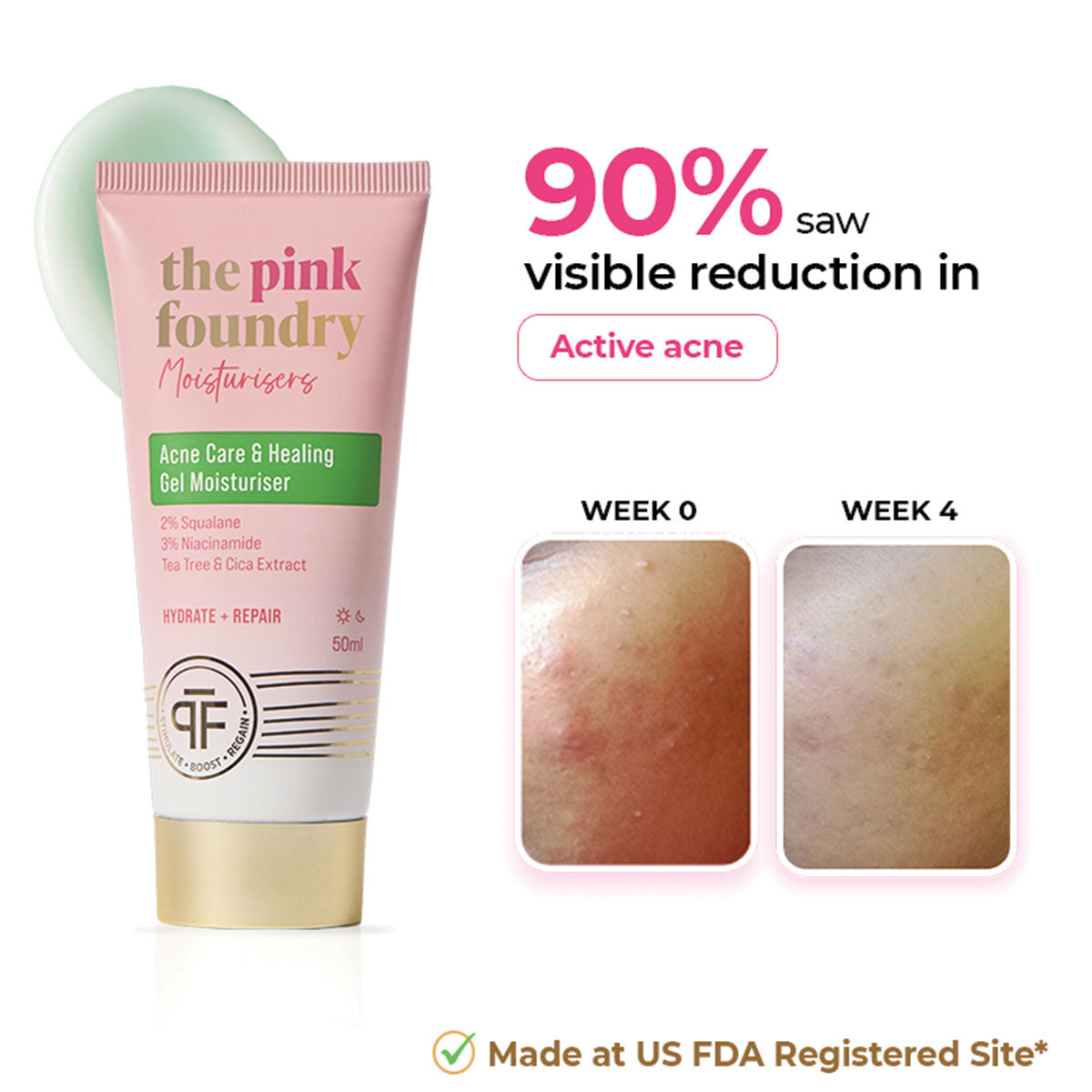
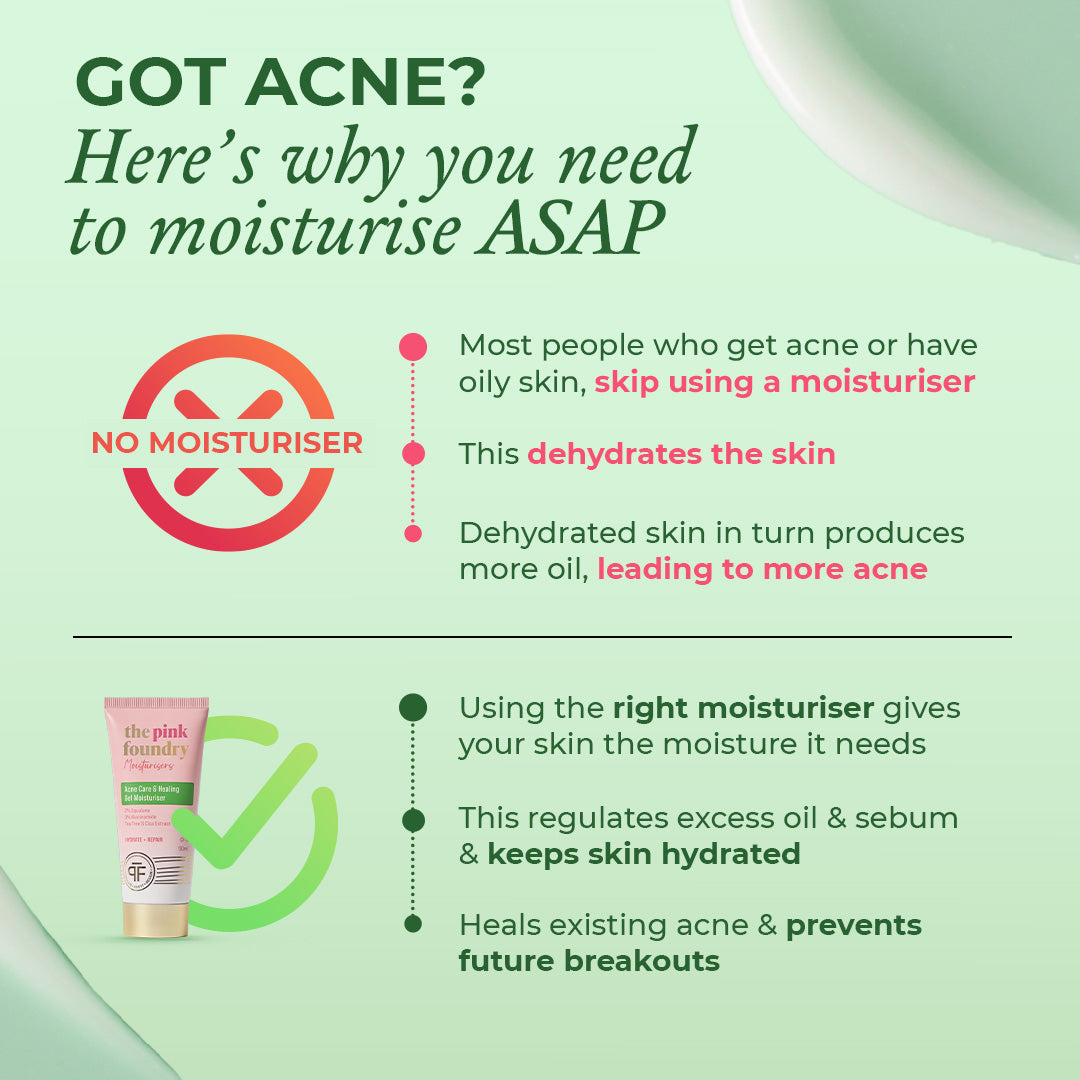
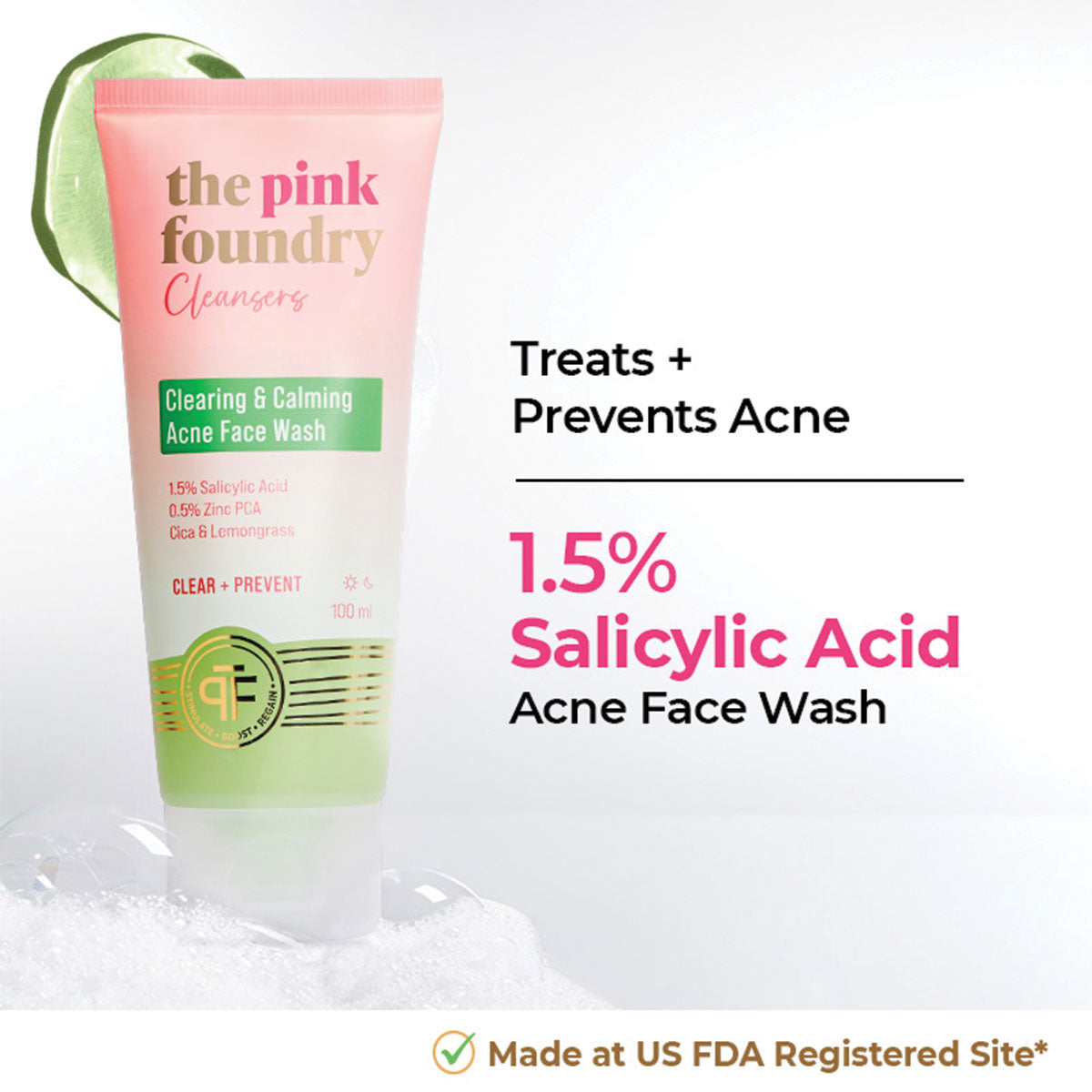
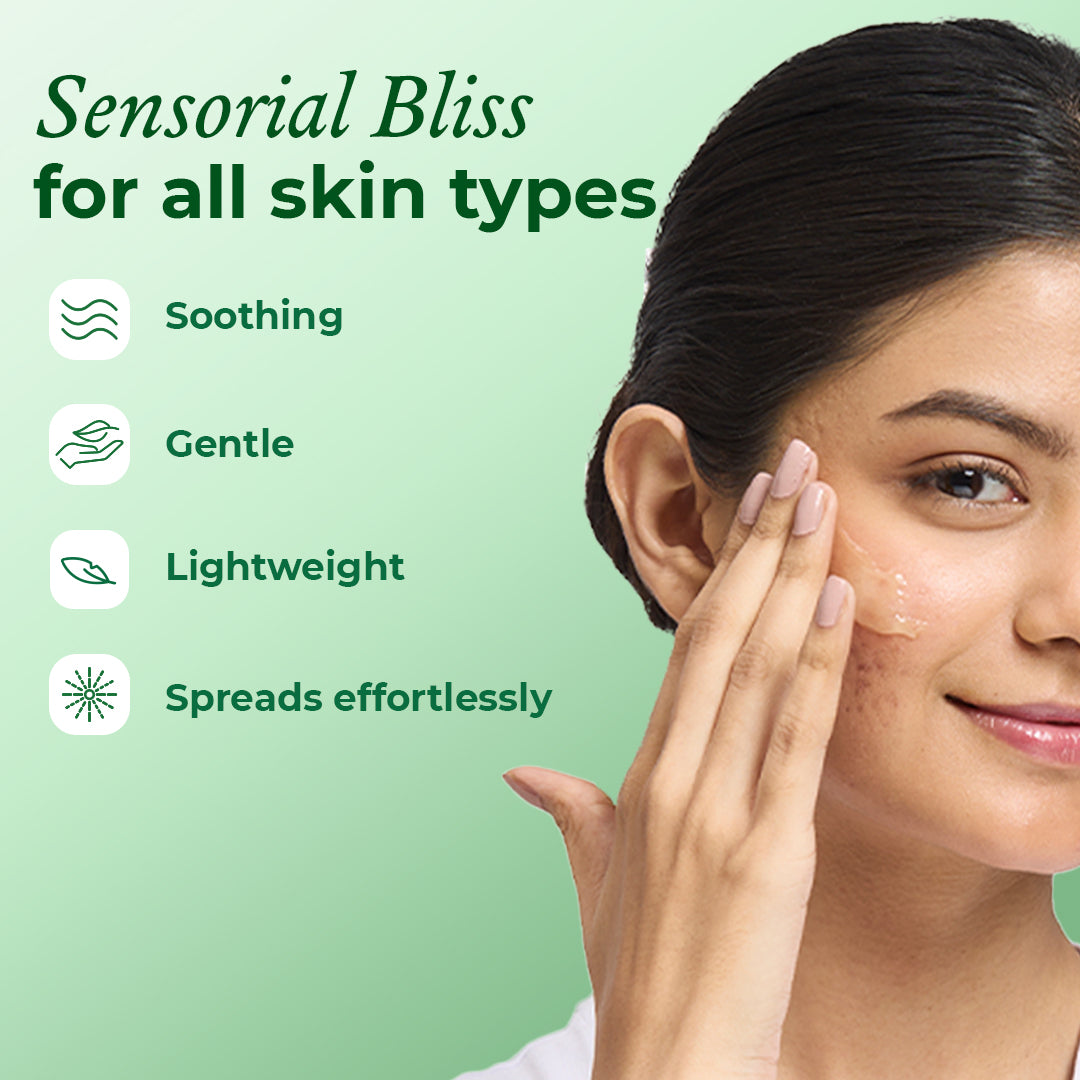
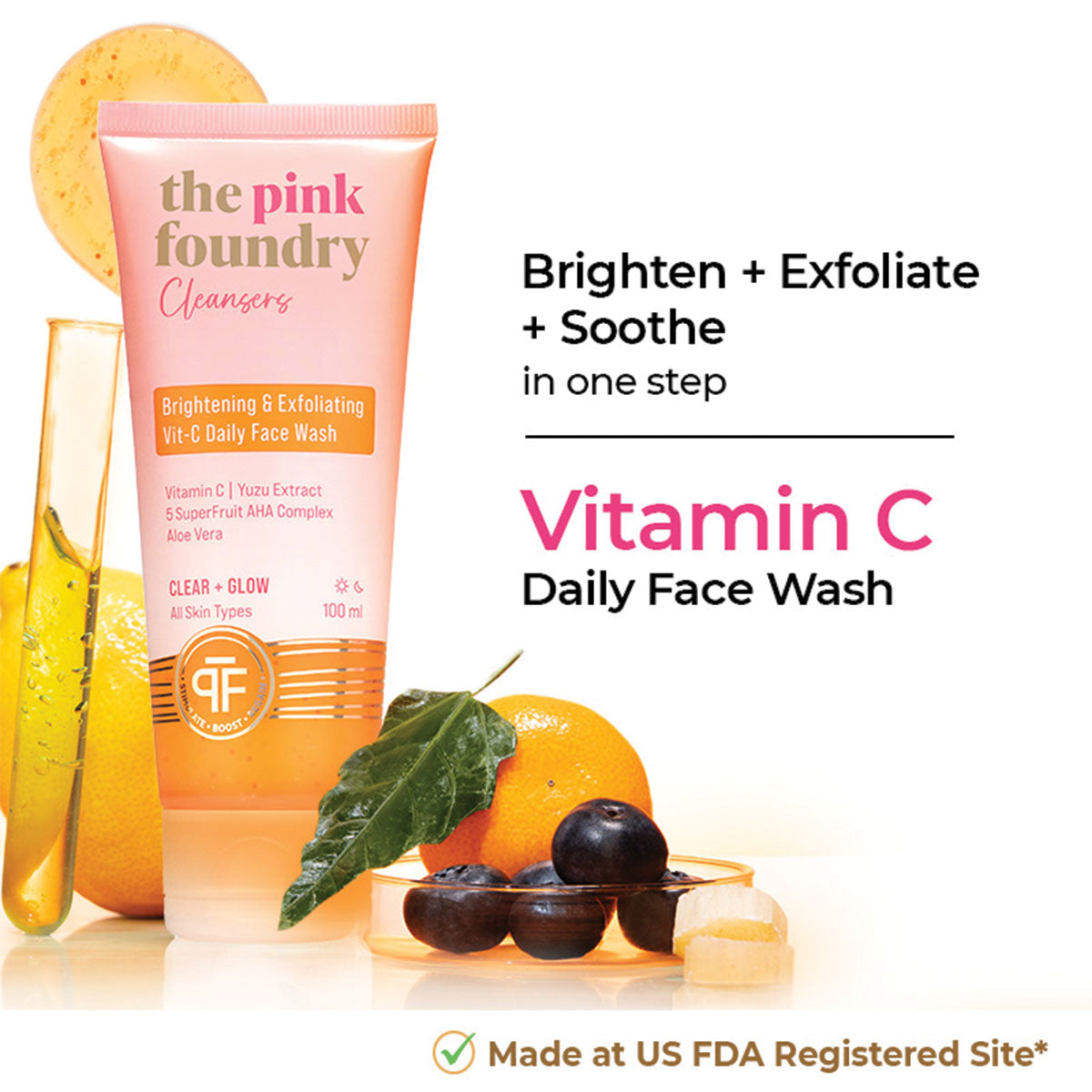
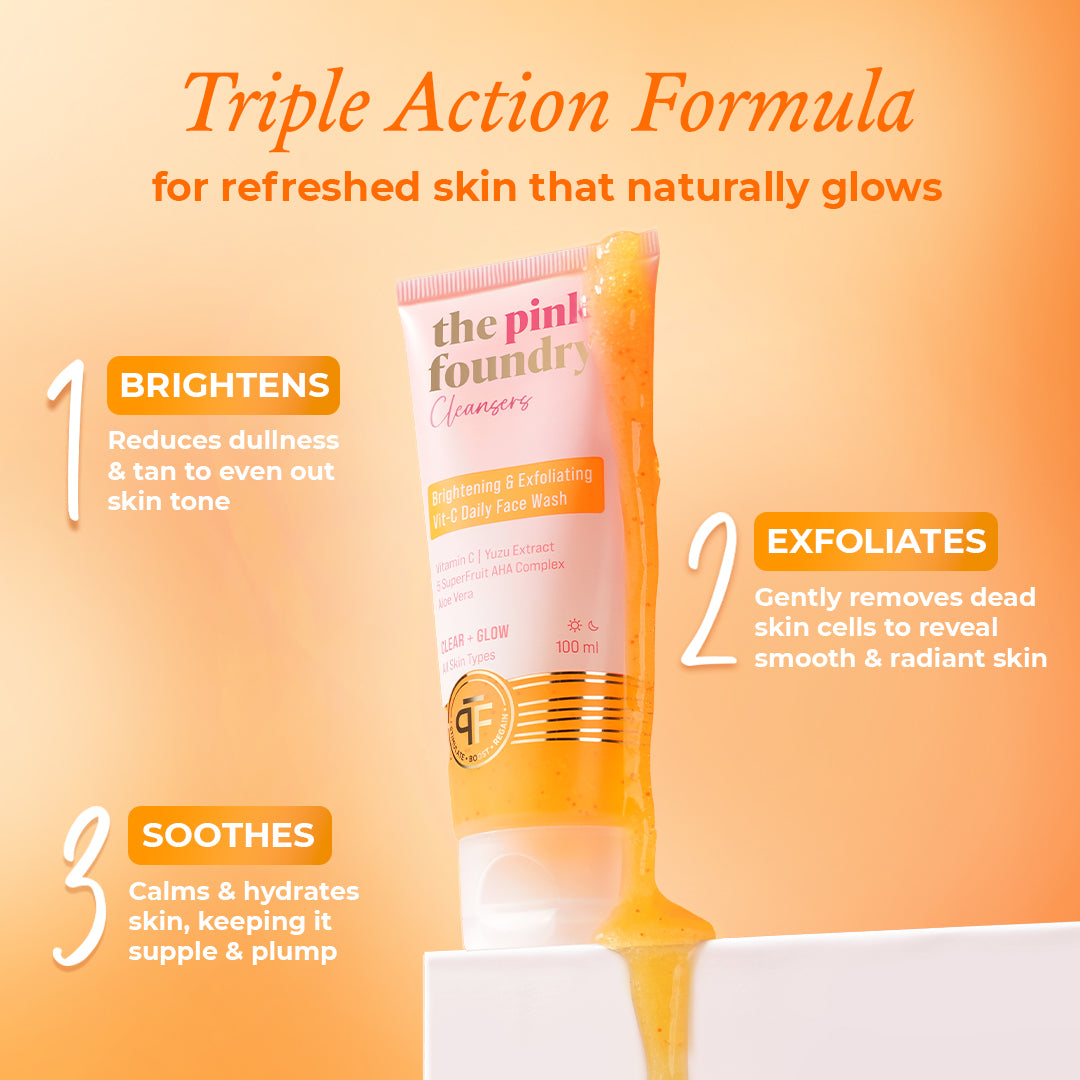

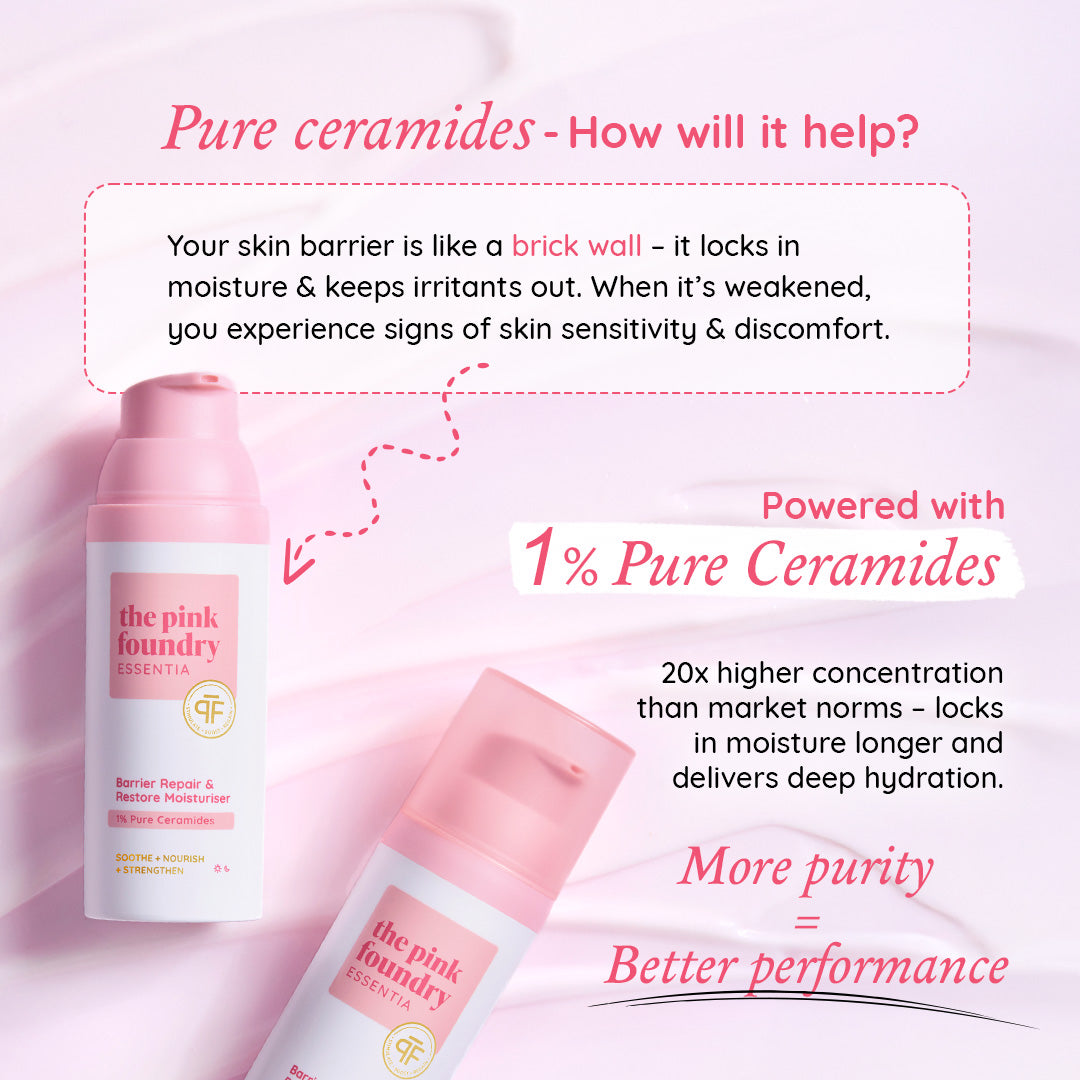




Leave a comment
This site is protected by hCaptcha and the hCaptcha Privacy Policy and Terms of Service apply.